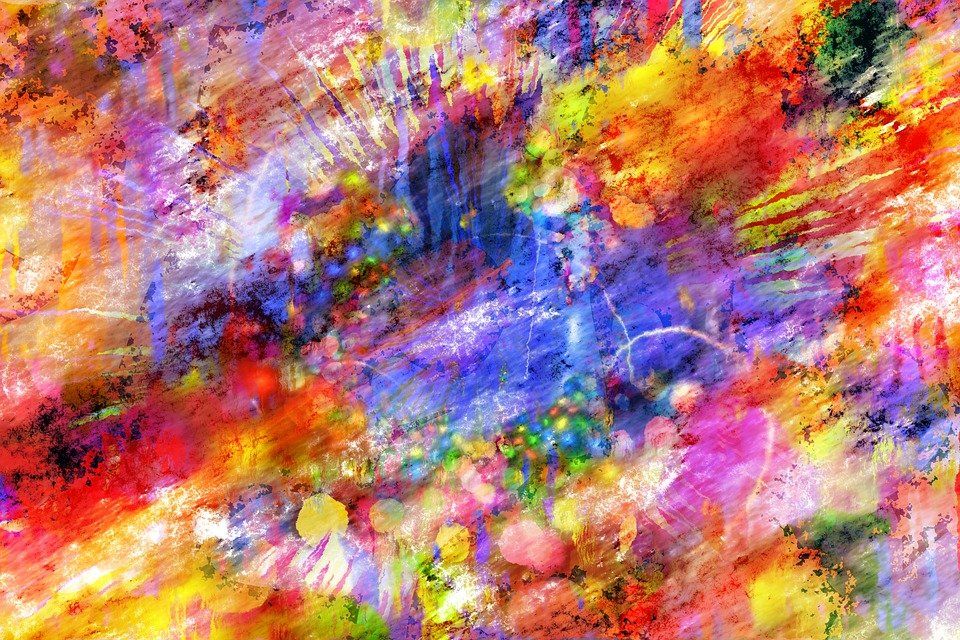Appreciating the value of colour
If you’ve never really explored colour theory before now, it may be a bit challenging—especially when you have to learn a number of new terms. Read on to learn what’s meant by hue , tint , shade. These are all rolled into the concept of value , a term used to describe how light or dark a colour is.
Colour’s not all black and white.
If you remember from our earlier colour theory primer , hue refers to a pure colour; that is, a colour with neither white nor black added.
Red is a hue. Orange is a hue. Add black, white or grey and … that’s a horse of a different colour, isn’t it?
A tint is a hue to which white has been added. For example, add white to red to get pink.
A shade is a hue to which black has been added. Add black to red to get burgundy. Adding black or grey creates a tone : these additions darken the original hue and make the colour subtler and less intense.
Value describes the lightness or darkness of a hue. Think of it as how bright a colour is.
In looking at the illustration above, you can see how adding more and more white to a hue creates lighter and less intense versions of the original colour. People commonly think of such tints as soft pastels.
Adding grey to a hue produces a tone. Compared to the original, vibrant colour, tones appear muted.
Finally, when you look at the bottom row, you’ll see how adding black reduces the overall brightness—or value —of the original colour. Such shades are more intense and richer.
Appreciating the value of colour
Understanding value can help you plan your next project, particularly if you are working with several colours.
In looking at this image three spools of thread, you may think the colours are bright enough to stand apart from each other. However, converting the design to a simple black and white image reveals their true value. It’s pretty similar.
If you create a design using these colours, there’s a good chance it will look flat and lifeless. However, by using a more intense blue and a lighter lavender, as in the following image, you’ll note there is plenty of contrast. This can have a huge bearing on the various colours’ relationships with one another.
Although simple, this nifty trick is useful in furthering your understanding of colour. There’s a lot to colour theory, isn’t there? It’s clear that colour isn’t all black and white. Unless it is.







